Attention, Plebs: New Cars Are Becoming Prohibitively Expensive

As new vehicle prices continue to climb, many wonder how high MSRPs can go before the public decides to take a pass — assuming they haven’t already. Sales growth is slowing, even in seemingly bulletproof markets like China. Even before this ominous backdrop unfurled, dealers were making noise about new car prices that had grown overly ambitious, claiming they couldn’t endure another period of sustained economic hardship.
Edmunds estimates that the average transaction price of a new vehicles reached $36,495 in December 2018 — a 3 percent increase compared to December of 2016 and a 13 percent increase compared to December of 2012. Taking that knowledge, Road & Track compiled a broader picture of the new-car market and where it might be going.
Spoilers ahead if you don’t want the unpleasant non-surprise ruined.
From Road & Track:
It’s not just in our heads, either. Cars have actually gotten more expensive over the past 10 years, and not just by a little bit. Edmunds says that, on average, new cars sold for more than $36,000 in February, up 29 percent from the same month in 2009. Meanwhile, median household income in the U.S. has only risen to around $62,000, an increase of about six percent over the past decade. Even more cringeworthy? Interest rates have also risen in that time period, from an average of five percent to around 6.26 percent. Not only are cars more expensive, but your auto loan will now cost you more money.
While 2009 was a peak recession year, the fact of the matter is that new cars aren’t keeping pace with inflation and certainly haven’t matched median incomes. The Detroit News reports that this will ultimately push more customers into the secondhand market. However, those vehicles only represent a comparative bargain, as the average transaction price of a used vehicle rose by a hefty 36 percent between 2009 and 2018.
“Vehicle prices have been rising all year but really hit a crescendo in December. Even though holiday bonus checks likely played a role in boosting down payments to record levels, when buyers are willing to put down more than $4,000 for a new car, it says something,” explained Jessica Caldwell, executive director of industry analysis at Edmunds. “There are fewer buyers in the market right now, but those who are there are not only feeling confident, they’re willing to shell out the extra cash to get a larger vehicle with all the bells and whistles. They know what they want and they are willing to accept the higher costs.”
That’s great for them, but what will the plebeian masses eat drive when there isn’t enough money? Extra-crappy used cars or, perhaps, they’re supposed to just embrace mobility and take scooters or cabs everywhere? How is this going to be sustainable for an industry that’s predominantly comprised of businesses that need to sell a substantial amount of product every year to stay in the black?
It might not be. Road & Track speculates that the automotive industry could be heading toward a collapse reminiscent of the mortgage industry crisis that kicked off in 2007. If you’ll recall, that economic setback didn’t pan out particularly well for automakers, either, forcing the U.S. government to intervene. To their credit, carmakers seem to be more cautious this time around. Warning signs of a possible recession are being heeded. Unfortunately, major price reductions don’t appear to be a large part of any automaker’s plan.
While there may be a little room left before the walls come crashing down around our collective head, the Federal Reserve Bank reported that roughly seven million Americans were 90 days or more past due on their car loans at the end of last year. That’s one million more people than in 2017.
[Images: General Motors]

A staunch consumer advocate tracking industry trends and regulation. Before joining TTAC, Matt spent a decade working for marketing and research firms based in NYC. Clients included several of the world’s largest automakers, global tire brands, and aftermarket part suppliers. Dissatisfied with the corporate world and resentful of having to wear suits everyday, he pivoted to writing about cars. Since then, that man has become an ardent supporter of the right-to-repair movement, been interviewed on the auto industry by national radio broadcasts, driven more rental cars than anyone ever should, participated in amateur rallying events, and received the requisite minimum training as sanctioned by the SCCA. Handy with a wrench, Matt grew up surrounded by Detroit auto workers and managed to get a pizza delivery job before he was legally eligible. He later found himself driving box trucks through Manhattan, guaranteeing future sympathy for actual truckers. He continues to conduct research pertaining to the automotive sector as an independent contractor and has since moved back to his native Michigan, closer to where the cars are born. A contrarian, Matt claims to prefer understeer — stating that front and all-wheel drive vehicles cater best to his driving style.
More by Matt Posky
Latest Car Reviews
Read moreLatest Product Reviews
Read moreRecent Comments
- SilverCoupe Tim, you don't always watch F1 as you don't want to lose sleep? But these races are great for putting one to sleep!I kid (sort of). I DVR them, I watch them, I fast forward a lot. It was great to see Lando win one, I've been a fan of McLaren since their heyday in CanAm in the late '60's.
- Cprescott The problem with this fable by the FTC is:(1) shipping of all kinds was hindered at ports because of COVID related issues;(2) The President shafted the Saudis by insulting them with a fist bump that torqued them off to no end;(3) Saudis announced unilateral production cuts repeatedly during this President's tenure even as he begged to get them to produce more;(4) We were told that we had record domestic production so that would have lowered prices due to increased supply(5) The President emptied the strategic petroleum reserve to the lowest point since the 1980's due to number 3 and then sold much of that to China.We have repeatedly been told that documents and emails are Russian disinformation so why now are we to believe this?
- Ollicat Another Biden attempt to say, "Look over there!"
- Kjhkjlhkjhkljh kljhjkhjklhkjh Who cares. Price of gas is not the issue. spending an extra 100$ a month over 4 tanks of gas is not the issue.this a political scam to distract really dumb people from the real issue. if rent and house payments were not up by 50% to as high as 150% higher in a ton of locations, then paying an extra 100$ in gas would be annoying but not really an issue. But the real-estate market with hedge fund investors, power-relator groups bought a ton of houses and flipped them into rentals and jacked up the rates uplifting the costs on everything else. and ironically no-one seems to be in any hurry to build more houses to bring those costs down because supply and demand means keeping less houses available to charge as much as you want. It is also not the issue as a secondary issue is child care costs and medical... again 100$ extra per month in gas is *nothing* compared to 800$ a month in ''child care'' and 300$ per visit to the doctor office, 300$ for a procedure less dentist trip..
- Ajla Is there something proprietary or installed on the moon with these that I'm not aware of?


















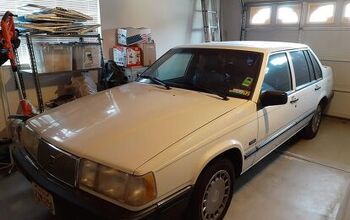
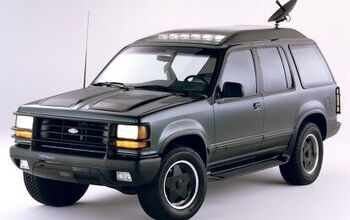
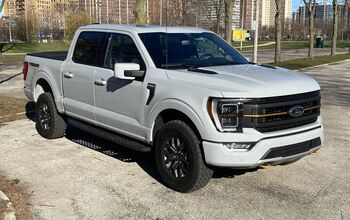
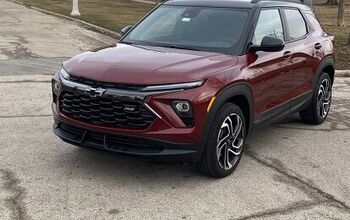
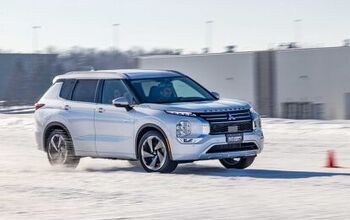

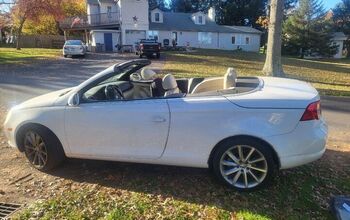
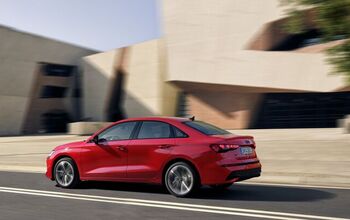
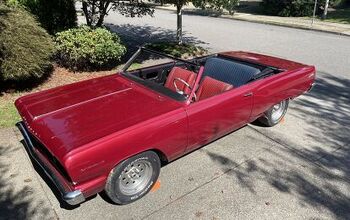
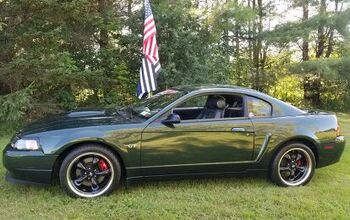
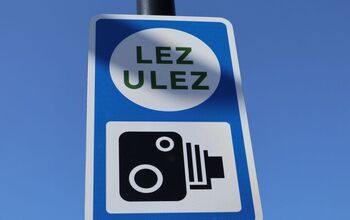
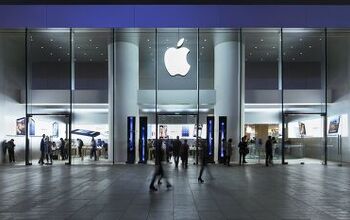
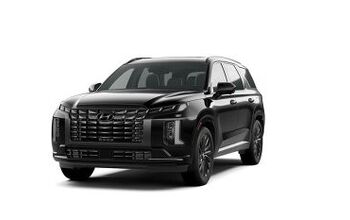
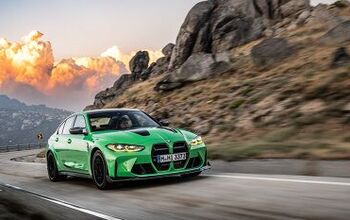
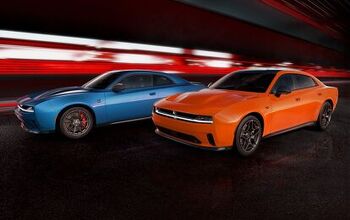
Comments
Join the conversation
For years, I have driven Honda and Toyota products. Recently, I was given a F150 V8 4X4 XLT for a rental. It was nearly brand new and I loved it. So, when I got back to California, I decided to buy one of those. Out the door, the price tag was well onto the 40s. Forget that. I am wealthy and not stupid. Ford is not lining their pockets with my money. Now, I am shopping for a new Toyota 4Runner. A dealer way out in the San Fernando valley is offering me a deal ... in the low 30s. If I can't find a similar deal in Orange County, I will be doing the drive soon. So, for you auto guys that think I should just whip out the money for a F150 because I have it ... are you that stupid? Ford, you lost your chance to get a customer.
I bought my 2017 Impala LT 2.5 with convenience package a year ago with only 13k miles for 18K. It still looked and smelled like new and drove flawlessly and I was the first registered owner. It now has 28K miles and is still perfect. I couldn't touch a new Impala LT at the time for under 28K. This is the way I have bought my last 3 cars. One year old low mileage models that dealers eventually run specials on. I do a search for the lowest priced cars and try and find the cleanest lowest mileage one that hasn't had body work and go from there. This practice has served me quite well and my last 3 Impala's have been great reliable cars. Buying new is a waste of money for me.